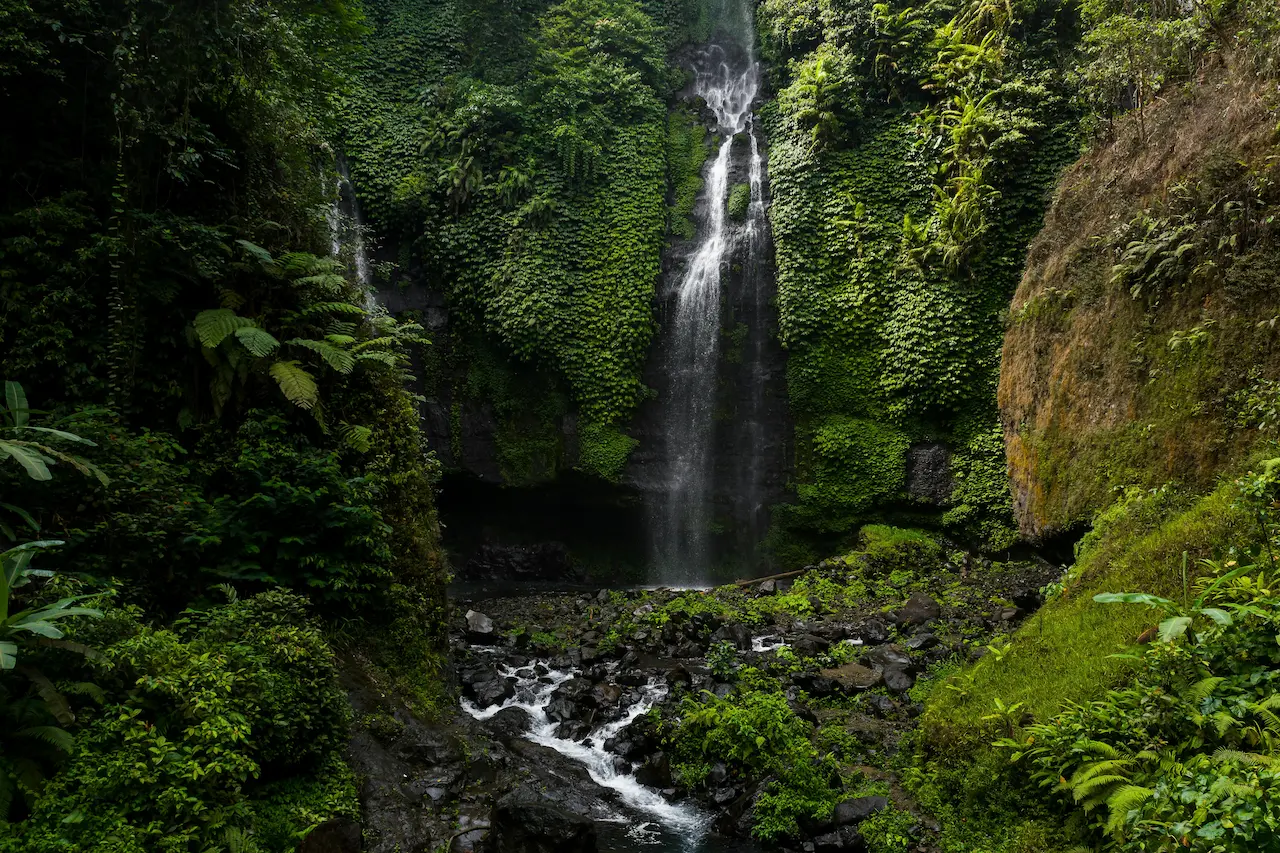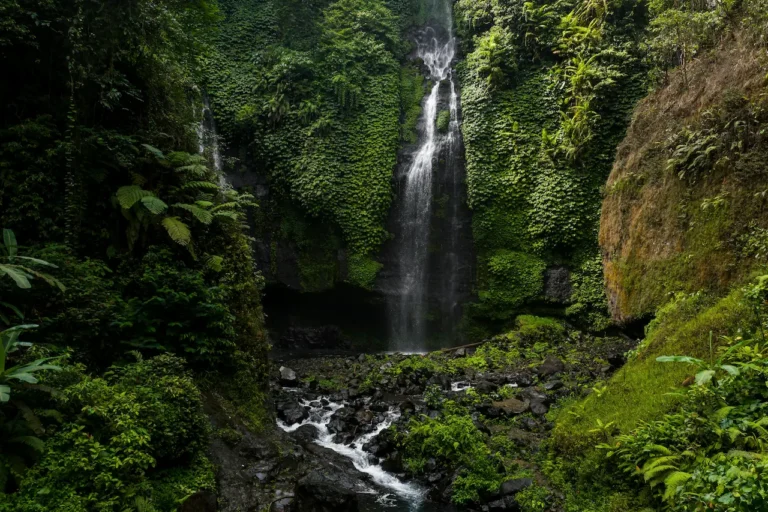Spices, Gold, and Pearls: The Chera Trade Empire That Connected India to the Ancient World
The monsoon winds, those fickle gods of the sea, have always dictated the fortunes of Kerala, the southwestern peninsula of India. But it was not merely the wind that shaped the destiny of the Cheras – it was the strategic brilliance of a dynasty that learned to harness its power, transforming the region into a nexus of global trade. This was the story of the Chera Empire, a maritime powerhouse that, for centuries, connected India to the vibrant civilizations of Southeast Asia, the Arabian Peninsula, and even the shores of ancient Egypt. This wasn’t a story of conquering armies, though their naval prowess was undeniable; it was a story of shrewd diplomacy, calculated risk, and an astonishingly sophisticated trade network – a network built on spices, gold, and pearls, a network that anticipated many of the trade routes that would later define the Age of Exploration.
The Land of a Thousand Palms: Geography and Context
Kerala’s geography was, and remains, breathtaking. The Malabar Coast, blessed with a unique microclimate, provided the perfect conditions for cultivating spices – pepper, cardamom, cloves, cinnamon, and nutmeg – the most sought-after commodities of the ancient world. The Western Ghats, a majestic mountain range, acted as a natural barrier, shielding the region from the worst of the monsoons and creating a fertile, humid environment. The backwaters, a complex network of lagoons, canals, and rivers, formed a vital transportation system, facilitating trade and communication. It was a landscape rich in resources, but also one vulnerable to the ambitions of neighboring kingdoms – the Kadambas, the Silavadams, and ultimately, the rising power of the Cholas.
Politically, Kerala was a fractured landscape for much of the Chera period. Initially, the Cheras were not the dominant force; they ruled over a relatively small area around Kochi (Cochin), a strategically vital port city. Their legitimacy rested initially on their control of this key port, and their ability to leverage their control over the trade flowing through it. The political structure was a complex interplay of chieftains, local rulers, and a central authority – a system that would evolve over time, becoming more centralized and capable of projecting power.
Early Cheras and the Consolidation of Power (7th – 8th Centuries)
The early Cheras, particularly Venigonda and Sreevallabhan, were pragmatic rulers. Venigonda’s early campaigns, documented primarily through inscriptions – particularly the *Vinnaga-Veeramga* inscription – were focused on asserting Chera dominance in Kochi and securing trade routes. These weren’t acts of grand conquest; they were calculated interventions, often involving alliances and strategic marriages, to establish Chera authority. The *Vinnaga-Veeramga* inscription, a masterpiece of early Chera epigraphy, meticulously details these early efforts, laying the foundation for their maritime ambitions.
Sreevallabhan, a pivotal figure, expanded Chera influence significantly. He established diplomatic ties with the Srivijaya kingdom of Sumatra, a major maritime power controlling the Straits of Malacca. These ties were crucial, allowing the Cheras to access Southeast Asian spices and resources and to establish a presence in the lucrative trade routes of the region. The accounts of Chinese pilgrims, such as I-Tsing, provide valuable corroboration for these interactions, detailing Chera embassies and trade exchanges in the 7th century.
Road to Power: The Naval Ascendancy
The true transformation of the Cheras came with the development of a powerful navy. Unlike many contemporary kingdoms who relied on land-based armies, the Cheras recognized the importance of control over the seas. They built a fleet of swift, maneuverable ships – likely influenced by shipbuilding traditions from Southeast Asia – and trained a skilled crew of sailors and warriors. Archaeological evidence, including the discovery of ship burials near Kochi, further supports this understanding.
The rise of the Chera navy coincided with a period of increasing instability in the region. The Kadambas of Badami and Mahishmal were vying for control of the Malabar Coast, and the Silavadams, a powerful local clan, posed a constant threat. The Cheras skillfully used their naval superiority to neutralize these rivals, asserting their dominance over the coastline.
The Battle of Kollam (8th Century) – A Naval Triumph
The Battle of Kollam, recorded primarily through Chera inscriptions and later embellished in local folklore, represents a pivotal moment in Chera history. While the exact details remain shrouded in legend, the inscription speaks of a decisive victory against a combined force of Kadamba and Silavarma forces. Accounts tell of a meticulously planned ambush, utilizing the narrow channels of the backwaters to their advantage, and the devastating impact of Chera naval tactics. The turning point, according to local tradition, was the skillful maneuvering of the Chera flagship, commanded by a figure known as *Vikraman*, a name that became synonymous with maritime prowess. While the extent of the battle’s strategic significance is debated, it cemented the Cheras’ naval dominance and effectively silenced their immediate rivals.
It’s important to note that the battle wasn’t a single, dramatic clash. It was more likely a series of strategic engagements, leveraging the Chera navy’s superiority to disrupt enemy supply lines and control key coastal areas.
Trade and Diplomacy: A Global Network
The Chera navy facilitated a sophisticated trade network that extended far beyond the Malabar Coast. They traded with the Arabs, Persians, Egyptians, and Chinese, exchanging spices, gold, ivory, textiles, and precious stones for goods such as textiles, ceramics, and horses. Their control of the spice trade was particularly significant, making them wealthy and influential.
The Cheras’ diplomatic relations with the Byzantine Empire, documented through Byzantine chronicles, reveal their willingness to engage in complex diplomatic exchanges. They sent ambassadors to Constantinople, seeking alliances and trade agreements. This engagement with the Mediterranean world was a remarkable achievement for a kingdom located on the fringes of the Indian Ocean.
The Chola Challenge and the Decline (9th – 10th Centuries)
The rise of the Cholas, a powerful kingdom to the north, posed a significant challenge to the Cheras. The Cholas, driven by ambition and a desire for maritime dominance, gradually encroached upon Chera territories. The Battle of Uttira (770 CE) marked a turning point, with the Cholas securing a decisive naval victory, further diminishing Chera influence. The Cholas systematically absorbed Chera territories, effectively ending the Chera Empire as an independent power.
Legacy and Remembrance
Despite the eventual decline, the Chera legacy endures. Their maritime achievements, their sophisticated trade network, and their engagement with the wider world left an indelible mark on Kerala’s history and culture. Chera inscriptions continue to be studied by epigraphers, providing invaluable insights into their political and economic life. Local folklore, particularly in Kochi, is filled with tales of Chera heroes and their naval exploits. The city of Kochi itself, originally known as *Kizhachery* (the ‘place of the Cheras’), remains a testament to their enduring influence.
The Chera story is a reminder that power can be built not just through military might, but through strategic vision, economic acumen, and a willingness to embrace the opportunities presented by the interconnectedness of the ancient world. It’s a story of a maritime empire that, for a time, connected India to the ancient world, leaving a legacy that continues to inspire and intrigue us today.
The Cheras, in their own way, were pioneers of globalization, demonstrating that trade and diplomacy could be powerful tools for shaping a kingdom’s destiny. Their story is a crucial piece of the puzzle in understanding the complex dynamics of the ancient Indian Ocean world.





